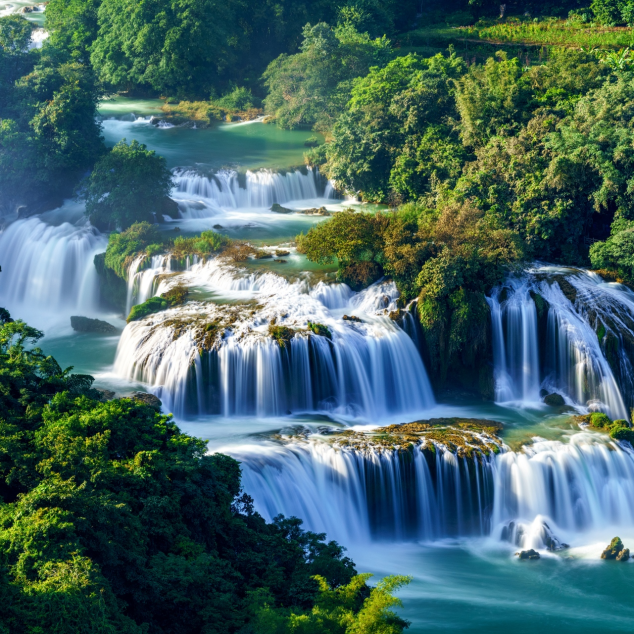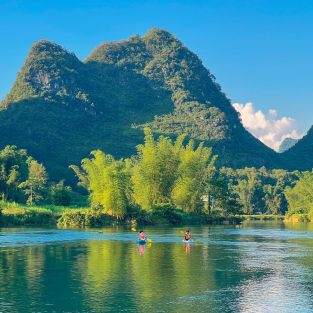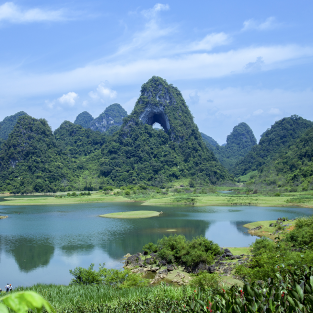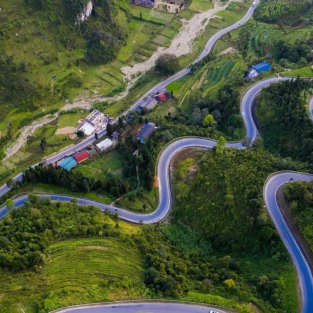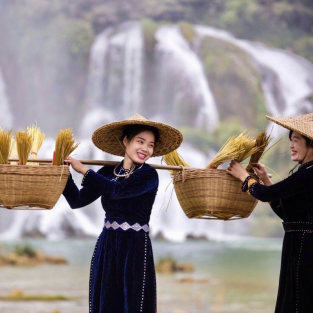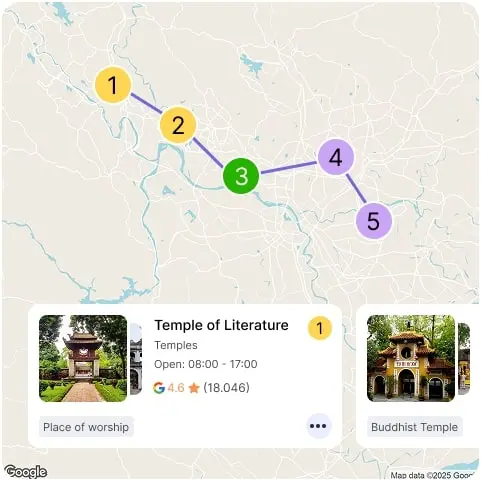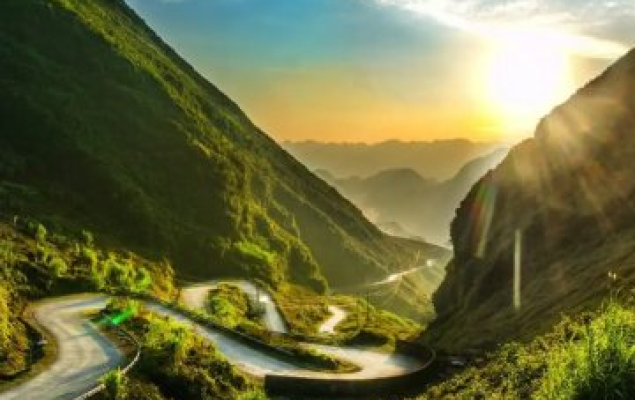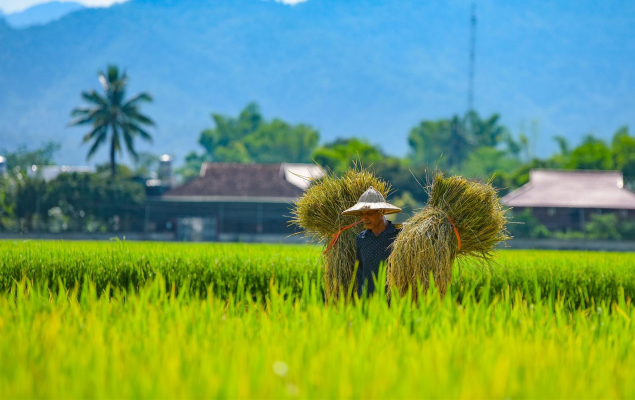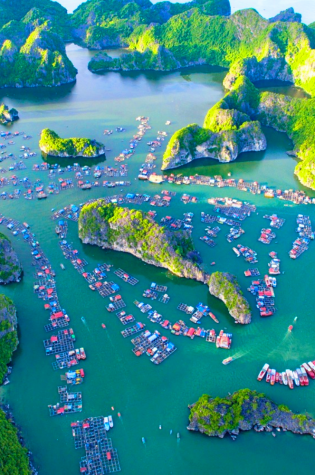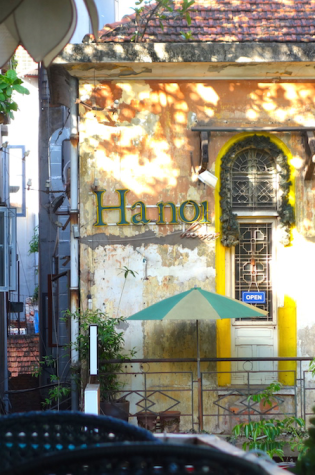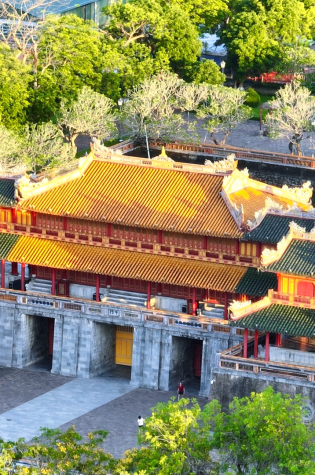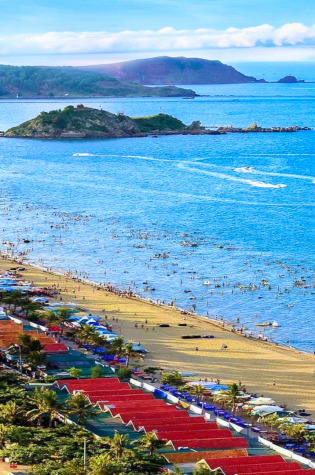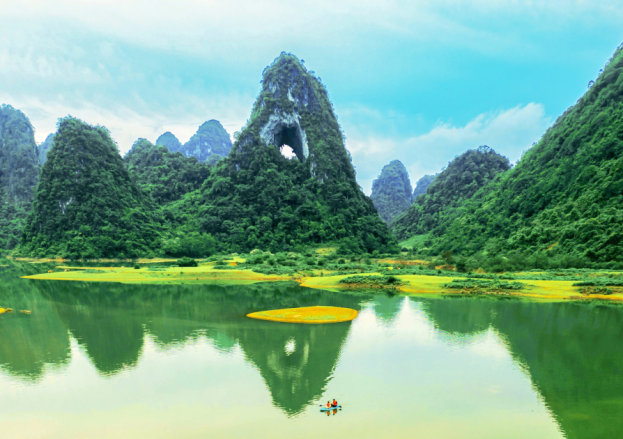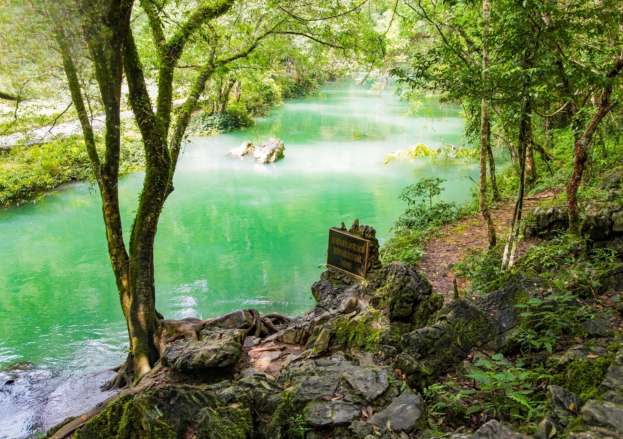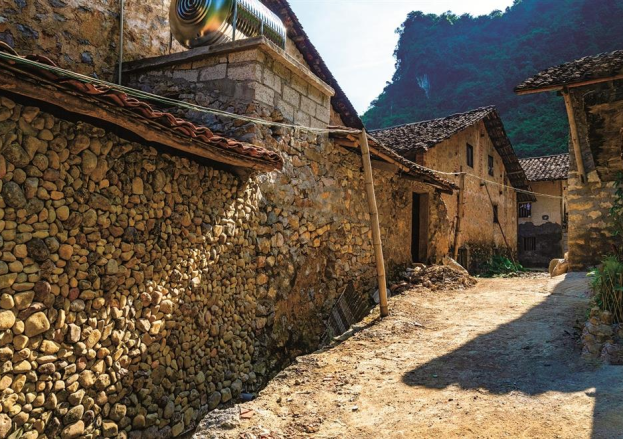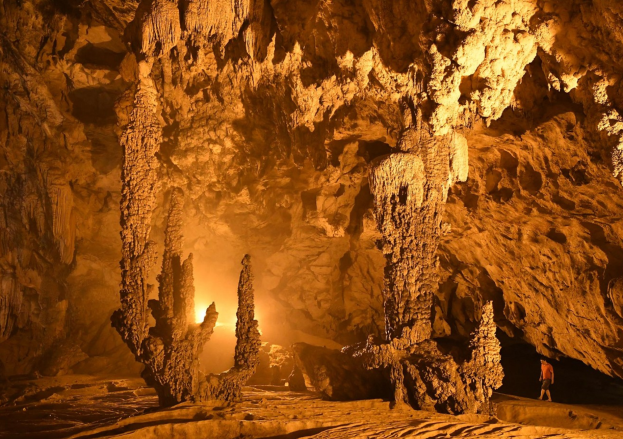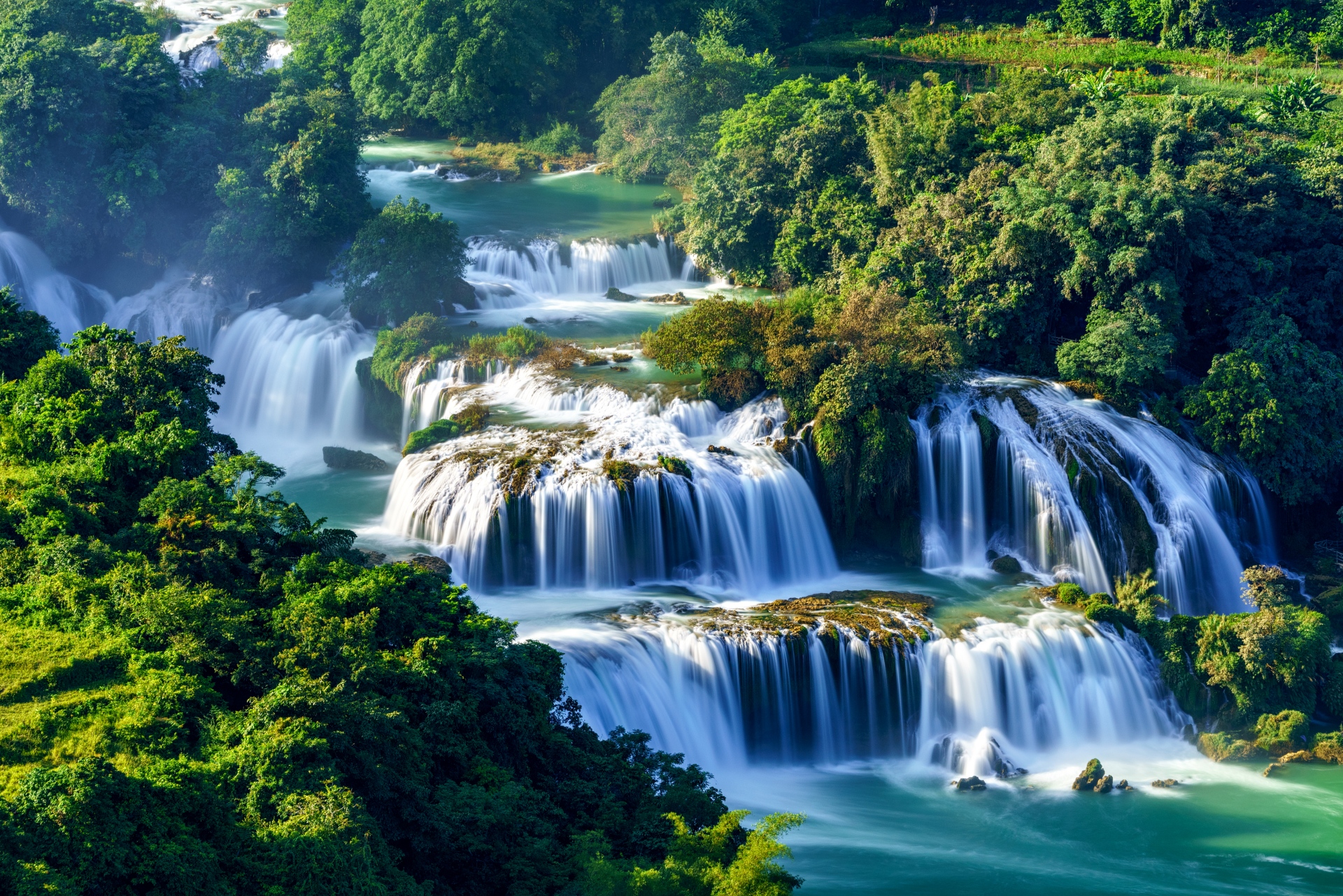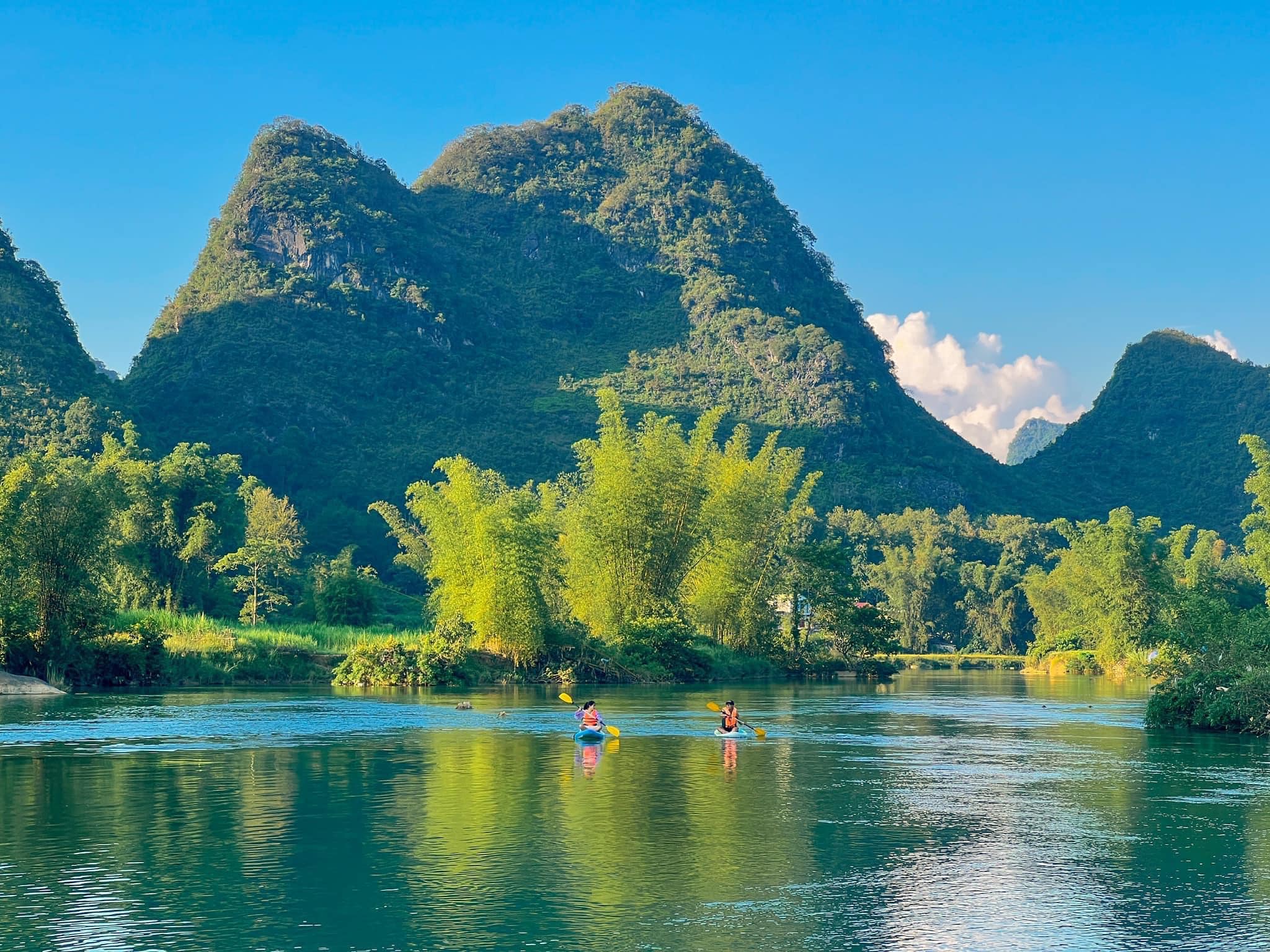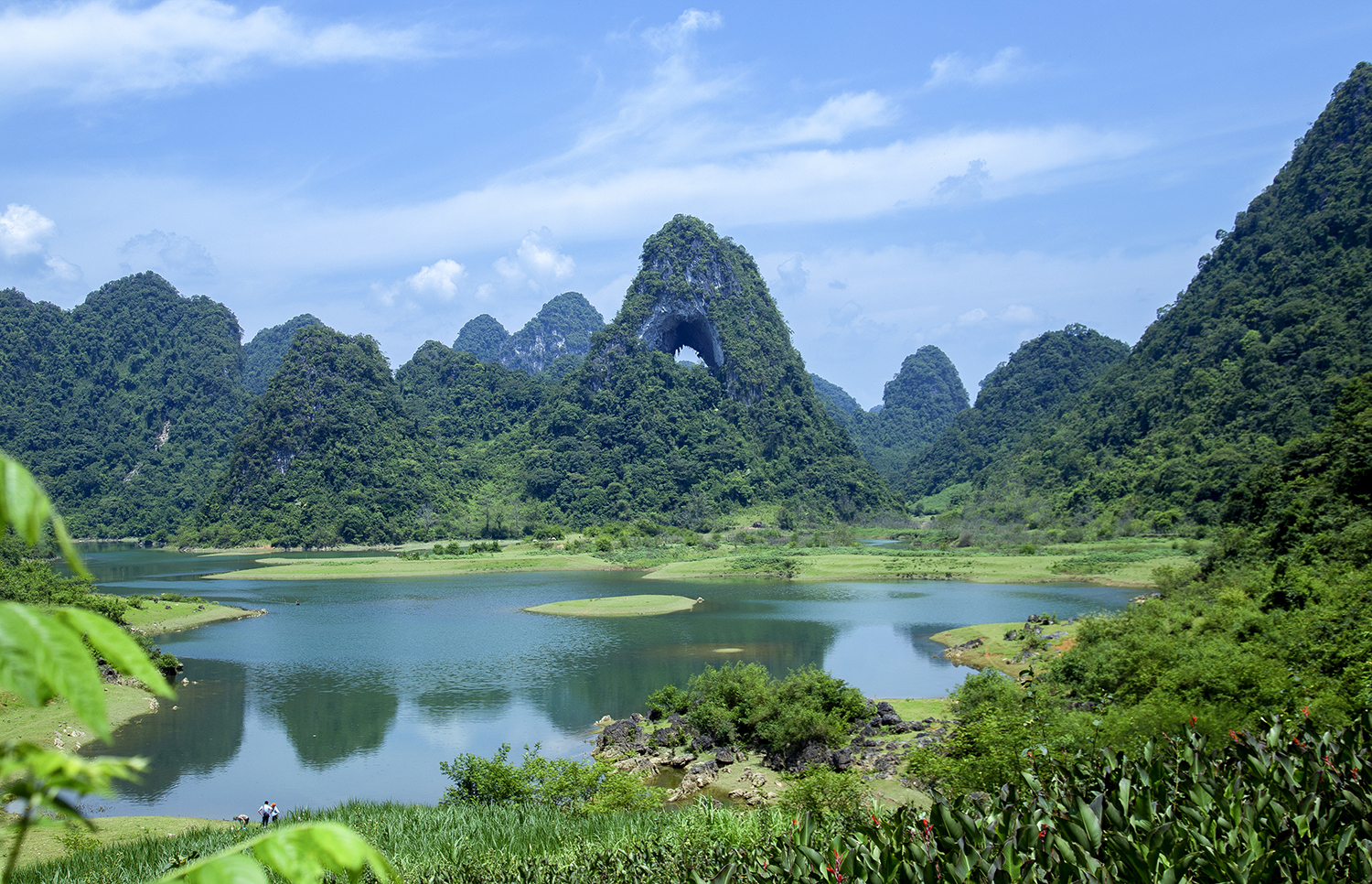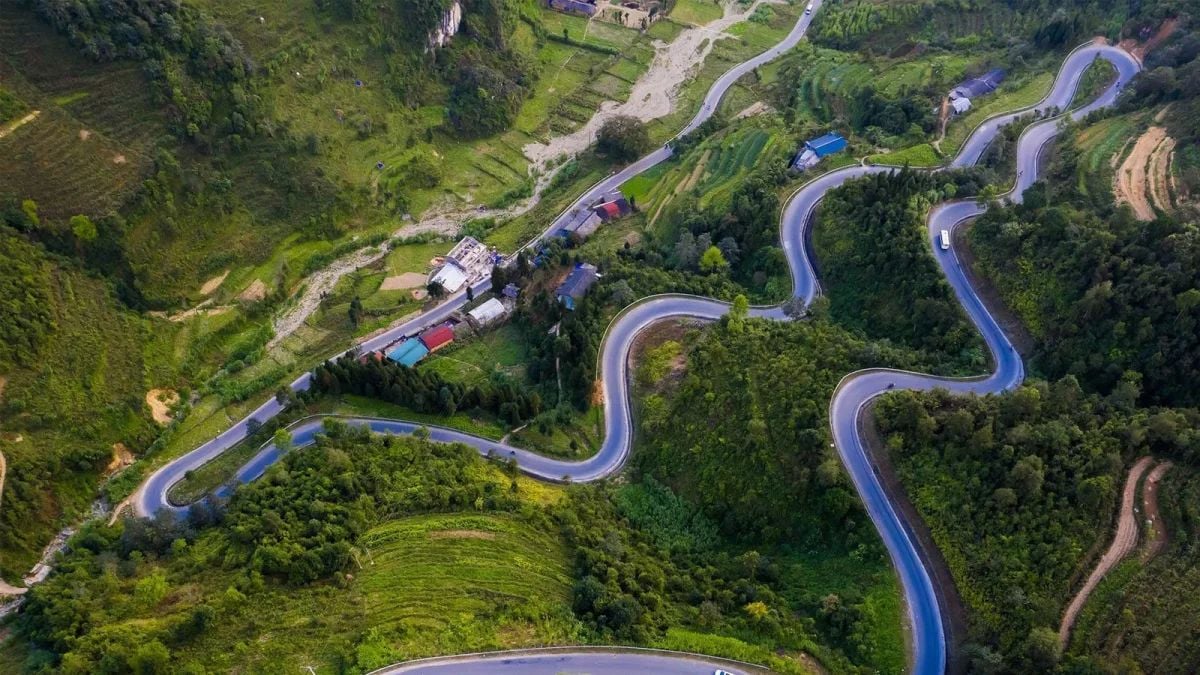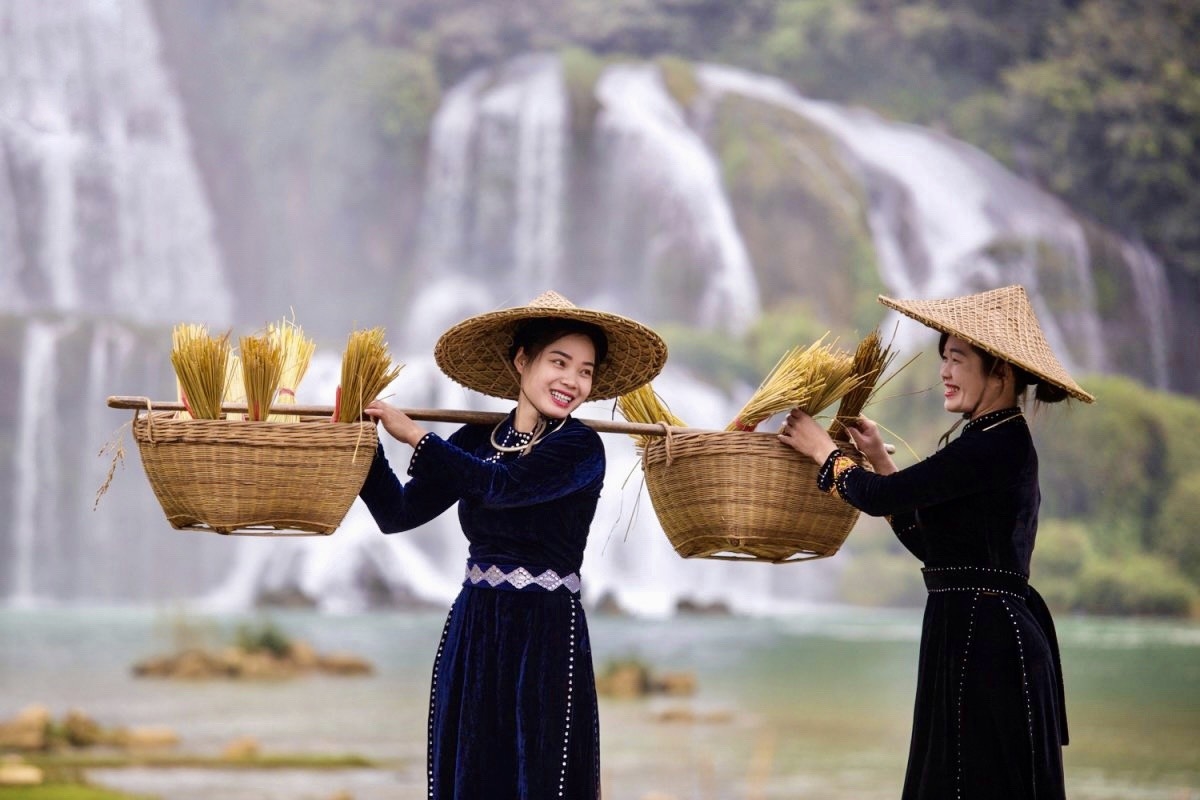Cao Bang invites travelers to discover one of Northern Vietnam’s most pristine and captivating landscapes. Nestled along the border with China, this mountainous province is known for its dramatic limestone peaks, tranquil valleys, and a deep-rooted cultural heritage shaped by ethnic diversity.
At the heart of Cao Bang’s natural wonders is Ban Gioc Waterfall, one of the largest and most beautiful waterfalls in Southeast Asia. Nearby, the Nguom Ngao Cave unveils a spectacular world of stalactites and underground beauty. The province is also home to UNESCO-recognized Non Nuoc Cao Bang Geopark, where rivers, cliffs, and ancient fossils tell the geological story of Earth’s evolution over millions of years. Beyond its landscapes, Cao Bang offers a window into traditional life. The region is home to ethnic groups such as the Tay, Nung, Hmong, and Dao, each with their own festivals, crafts, and customs that color the local culture.
For travelers seeking authentic experiences, Cao Bang promises scenic journeys, warm hospitality, and moments of discovery in one of Vietnam’s most unspoiled corners.
Cao Bang is located in Vietnam’s northeast, approximately 280 kilometers from Hanoi. The journey offers travelers a scenic transition from bustling cities to tranquil mountains.
The most common way to reach Cao Bang is by road. From Hanoi, travelers can take limousine services, intercity buses, or private cars, with a travel time of 6 to 7 hours depending on traffic and stops. The route follows well-maintained highways, gradually winding into the highlands. Currently, Cao Bang does not have an airport or railway connection. The nearest major airport is Noi Bai International Airport (Hanoi), where visitors can begin their journey by road to Cao Bang. For travelers who prefer organized tours, many operators in Hanoi offer guided excursions that include transportation, local experiences, and visits to iconic sites like Ban Gioc Waterfall and Non Nuoc Cao Bang Geopark.
Local transportation within Cao Bang includes taxis, motorbike rentals, and private transfers, making it easy to explore both the city and the surrounding countryside.
Cao Bang’s landscape transforms beautifully with each season, offering travelers a variety of experiences, from scenic wonders to cultural highlights.
- Spring (Feb–Apr): Cool and refreshing (15–22°C), spring brings the mountains to life with blooming peach and plum blossoms. Ethnic festivals light up the villages, while rivers and waterfalls begin to swell from early rains.
- Summer (May–Aug): Lush and vibrant (25–32°C), summer is the best time to witness Ban Gioc Waterfall at its most powerful. Trekking routes open to green valleys and ethnic minority villages, offering opportunities for cultural exploration and nature immersion.
- Autumn (Sep–Nov): Crisp and clear (18–28°C), autumn is the most popular season for travelers. Rice terraces turn golden, and the limestone landscapes of Non Nuoc Cao Bang Geopark are bathed in soft light—perfect for photography and sightseeing.
- Winter (Dec–Jan): Cool and misty (10–18°C), winter creates a serene atmosphere. Fog rolls over the mountains, making it an ideal time to enjoy local cuisine, explore caves like Nguom Ngao, and experience the daily rhythms of life in the highlands.
Cao Bang’s natural landscapes are vast and largely preserved, but key tourist sites are increasingly equipped for easy access. At Ban Gioc Waterfall, travelers will find paved walkways, viewing platforms, and gentle slopes suitable for most visitors, including families and seniors. Nguom Ngao Cave offers a designated route for tourists, though some areas inside remain uneven and require careful footing.
Most hotels and homestays in Cao Bang City provide ground-floor rooms and step-free entrances, but accessibility features may be limited in remote villages or eco-lodges. Local guides are experienced in assisting guests with varying mobility needs, especially during tours to cultural sites or scenic spots.
Transportation between attractions is usually by private car, chartered minivan, or guided tour, as public transport is minimal. Visitors are encouraged to arrange transfers in advance, especially if special assistance or customized routes are needed.

